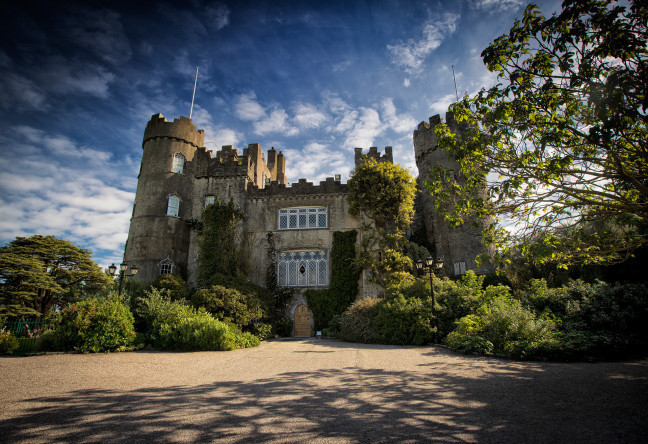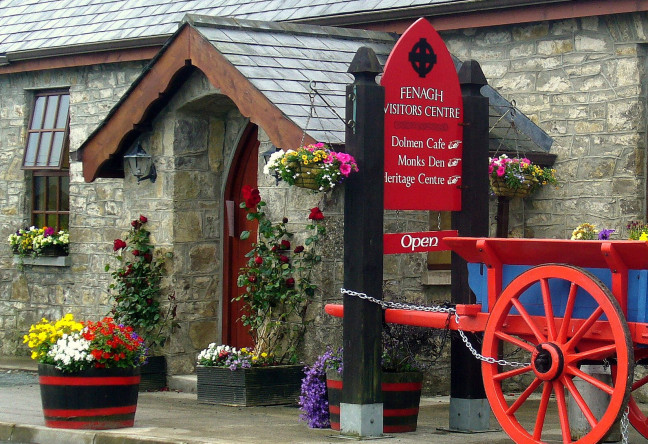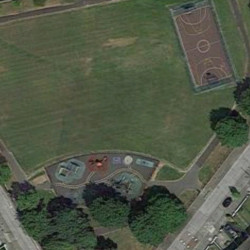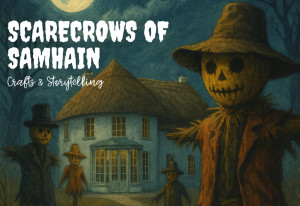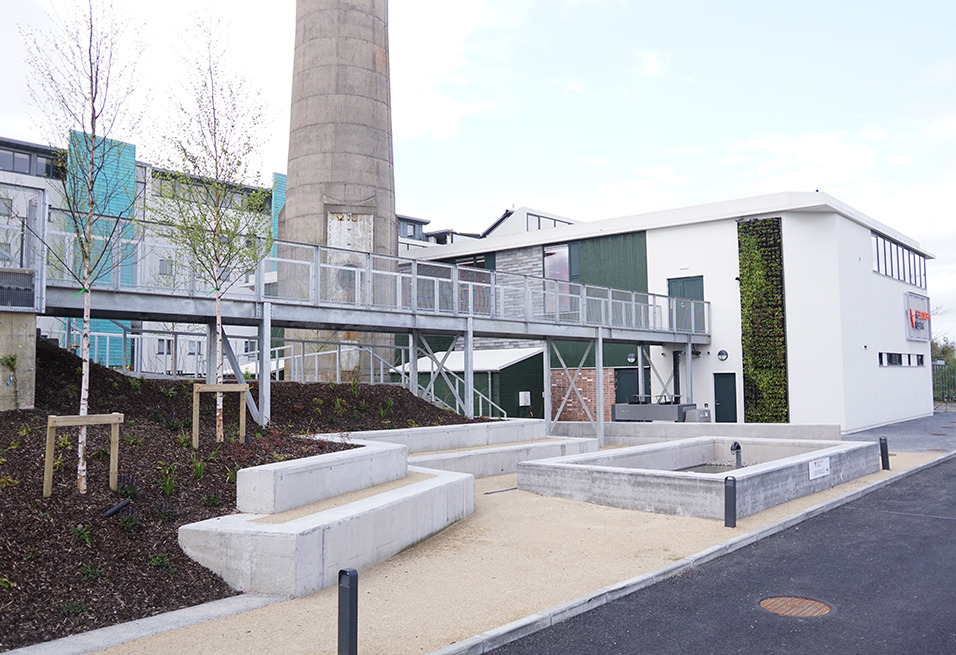GPO: Witness History

The GPO “Witness History” is a new visitor attraction which puts you right inside the GPO during Easter Week in 1916. History comes to life as you experience events from both sides of the conflict and through the eyes of bystanders caught in the crossfire, availing of electronic touch screens, video, audio visual booths, sound and authentic artefacts (many previously unseen). You can compose newspaper reports, examine the original copy of the Proclamation and send Morse code to declare the Irish Republic by radio. Explore the events of the Easter Week through personal stories, eyewitness accounts and historical artefacts; use interactive maps to route military dispatches from the GPO to Stephen’s Green; compare the life of a wealthy child in Dublin at the time to the life of a child of the tenements; use touch screens to learn about the events leading up to the 1916 Easter Rising and its aftermath; examine the impact the Rising had on Ireland (both North and South) and throughout the world; and explore how Easter Week has been commemorated over the past 100 years. After the exhibition, you can relax and reflect in the café and retail store overlooking the courtyard. The courtyard is also home to a commissioned sculpture called ‘They are of us all’, commemorating the forty children who died during the Easter Rising. The GPO The General Post Office is the centrepiece of Dublin’s grandest ceremonial street – O’Connell...



